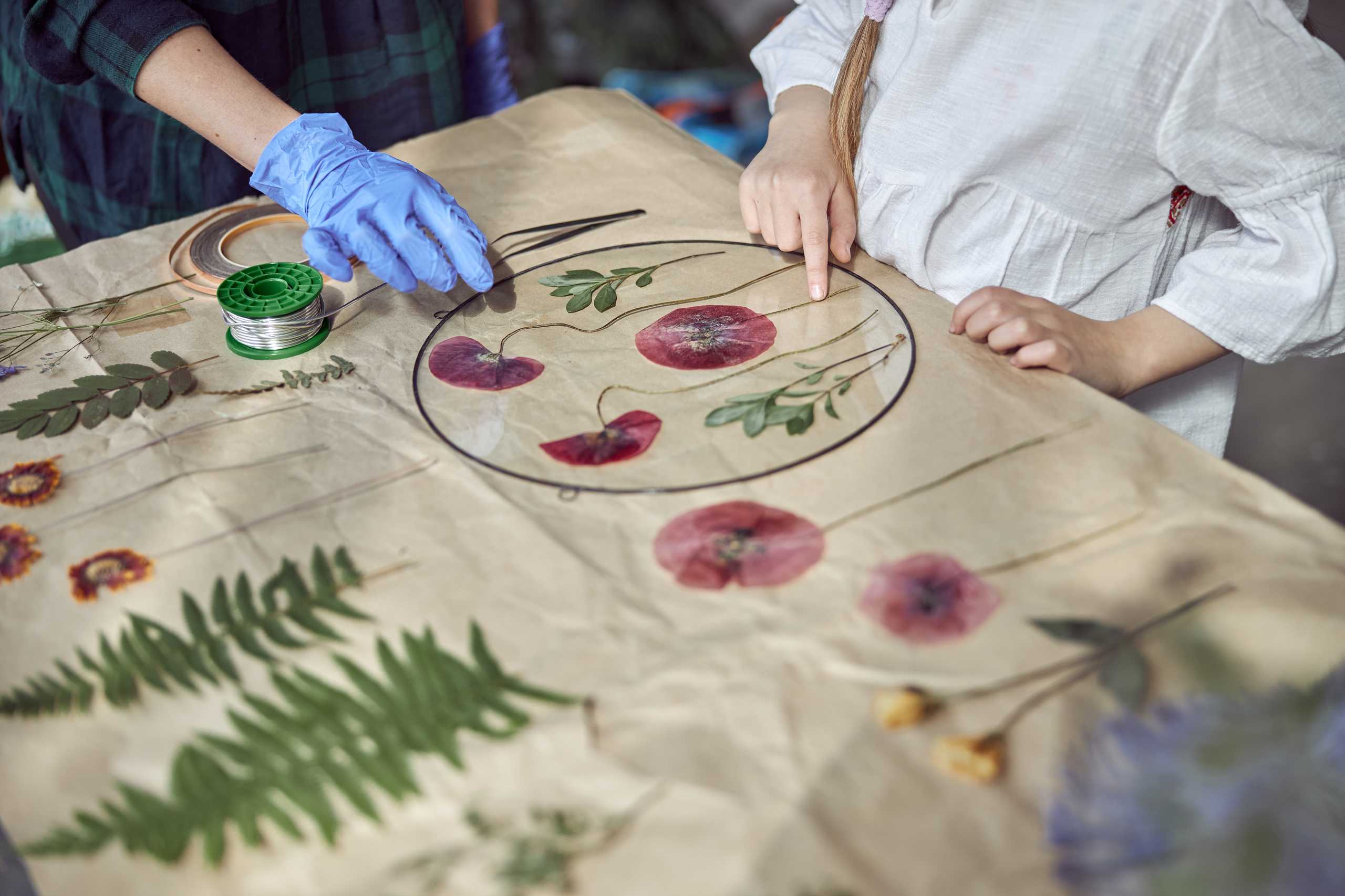Mastering Fabric Painting: Tips for Stunning Patterns

Fabric painting is more than just a hobby—it’s a journey of creativity, color, and self-expression. Whether you are a beginner or have some experience, learning to transform plain fabrics into vibrant works of art can be incredibly rewarding.
Choosing the Right Materials
One of the first things to understand is the importance of high-quality materials:
- Fabric paints: Opt for pigments that blend well and retain their vibrancy over time.
- Brushes and tools: Different brush shapes create unique strokes, while sponges and stamps add texture.
- Fabric types: Soft cotton or linen allows for smooth blending and crisp patterns.
Experimentation is Key
Start simple, then explore complexity:
- Try basic patterns like stripes, dots, or abstract shapes.
- Combine freehand painting with stencils to create intricate designs.
- Layer colors—unexpected blends often produce the most captivating effects.
Workspace and Lighting
Your environment affects your results:
- Paint in a well-lit area to ensure color accuracy.
- Keep your workspace clean and organized for focused creativity.
- Surround yourself with inspiring elements to spark new ideas.
Practice and Patience
Every stroke teaches something new:
- Small mistakes can create unique textures and character.
- Enjoy the process, not just the finished piece.
- Explore your artistic voice and experiment without fear.
Fabric painting is a combination of technique, imagination, and joy. By choosing the right materials, experimenting boldly, and practicing consistently, you can create patterns that are truly your own. Each piece becomes a reflection of your creativity and personality, making every project a rewarding experience.
